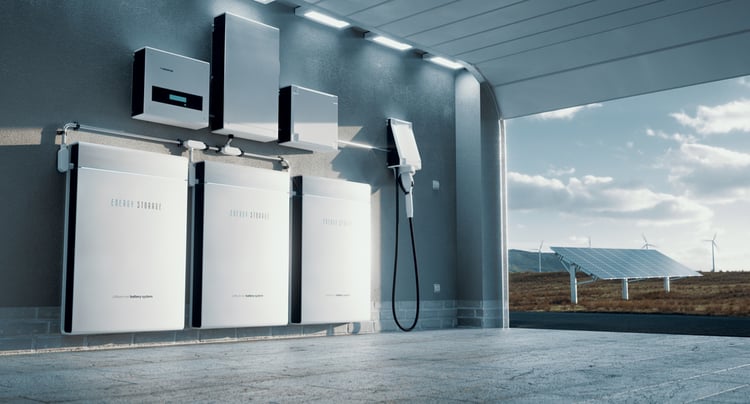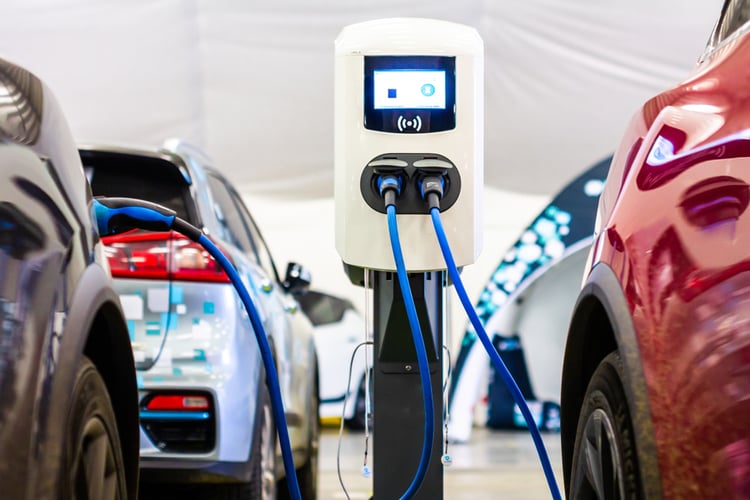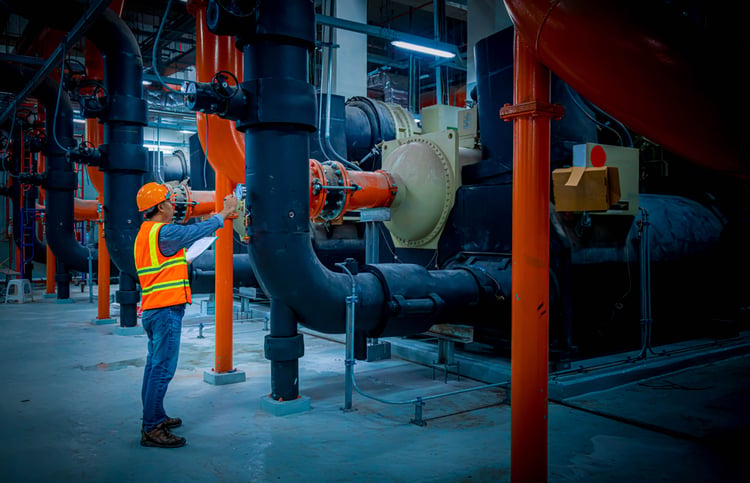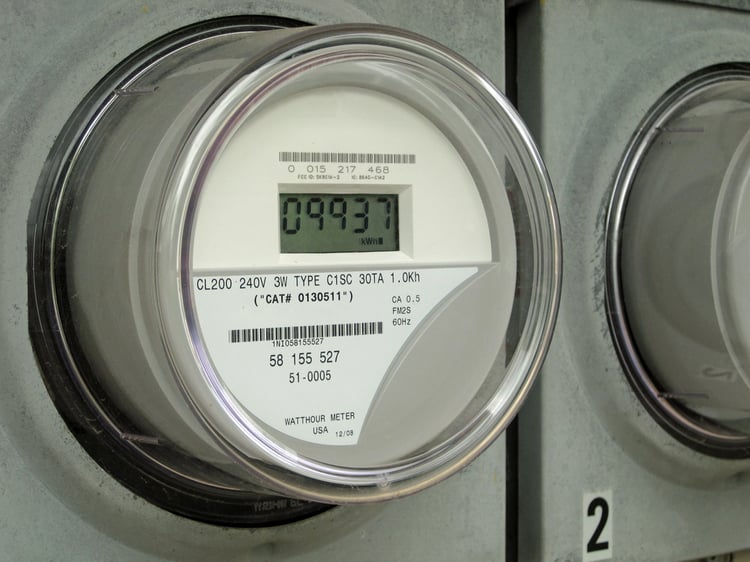4 Ways to Manage Energy in Buildings

Power grids are fundamental in modern society. They supply large amounts of power for buildings in an instant, and we don’t have another energy delivery method that matches their scale and speed. However, power grids also have their technical limitations, and blackouts happen when they cannot keep up with consumption.
Most of the time, power grids are operating at partial capacity. For example, they are lightly loaded after midnight, when most of the population is asleep and less equipment is being used. On the other hand, the grid can be taken to its limit on hot summer days, when buildings are using their air conditioning systems at full capacity.
Improve energy management in your building, and reduce your power and gas bills.
Here we will discuss four technologies that improve energy management in buildings, which also benefit the grid.
1) Battery Systems

You may have noticed that energy storage systems like the Tesla Powerwall are getting plenty of hype - and there is a reason. When used in utility-scale projects, solar panels and wind turbines can produce electricity at a lower cost than coal, which was the cheapest power source for decades. However, this doesn’t mean our grids can become 100% renewable right away:
- Solar panels and wind turbines are cost-effective, but they only generate power when their respective inputs are available. There is no solar generation at night, and the output of wind turbines drops to zero when the air is still.
- Fossil fuels are more expensive and polluting, but they can generate electricity at any time. A power plant fired by coal or gas can operate 24/7 as long as its fuel is available.
With battery systems, solar panels and wind turbines can provide a larger share of our electricity. Energy is stored when there is surplus production, and consumed when demand is high. With enough energy storage capacity, the variable nature of solar and wind power is no longer an issue.
Installing batteries in multiple buildings and linking them together with a smart platform is a promising concept. The energy storage capacity and power output of many distributed systems can be coordinated, making the grid more flexible - this is called a virtual power plant.
2) Electric Vehicle Charges

EV chargers in commercial buildings accomplish two main functions:
- They encourage the use of electric vehicles, since there are more places where they can be recharged. This can help decarbonize the transportation sector.
- They can absorb surplus generation from renewable sources, using it to charge EVs that are currently plugged in.
In places with a high adoption of solar power, such as California, the large amount of electricity generated around noon can even become a problem. Grid operators are forced to ramp down production from conventional power stations, or the grid can become unstable and suffer blackouts. Combined with battery systems for buildings, EV chargers can help absorb these solar generation peaks.
3) Chiller Plants with Ice Storage

As mentioned above, air conditioning can strain the grid on the hottest summer days. Electric companies are constantly upgrading their power lines and transformers to keep up with demand, and these investments are recovered with higher energy prices. Ice storage can mitigate the impact of cooling systems on grid demand:
- Building owners can configure their chiller plants to produce ice during off-peak hours, or when there is plenty of extra power from renewable sources.
- Chillers can be ramped down during peak demand hours, reducing the grid’s workload, and the stored ice can be melted to provide air conditioning.
The concept of chiller plants with ice storage can be applied in district cooling systems, reducing the power consumption of many buildings at once. Chicago has the world’s largest district cooling system with this technology, capable of reducing demand by 200 MW when melting ice.
4) Controlled Loads

The basic principle of controlled load is very simple, and the concept is widely used to reduce grid demand in Australia:
- Some electrical devices have a flexible operating schedule - they can accomplish their function at any time of the day.
- These devices are connected to a separate power meter, and they get a lower tariff.
- In exchange for this benefit, the owner agrees to only use these devices only when the power grid is lightly loaded - never during peak demand hours.
For example, if you have a controlled load tariff for a hot water system, you cannot use the heater during peak demand - this typically happens during the evening. However, you can heat water with a lower tariff at other times of the day, and you can use hot water storage for peak demand hours.
Controlled load is also a popular option for pool heaters, which can reduce their cost by running with off-peak power.
Conclusion
Power grids are more expensive to operate when there are sharp peaks in energy consumption during specific hours. The transmission and distribution capacity of the grid must be high enough for the largest demand expected, but this also means having idle capacity the rest of the time. However, utility companies must recover their capital expenses and fixed costs, and this is accomplished with higher tariffs.
Energy management measures can control energy consumption in buildings, reducing demand charges and peak-hour consumption. At the same time, the grid benefits from reduction in peak demand - this reduces the need for frequent infrastructure upgrades, preventing the kWh price hikes that come with them.

Michael Tobias
Michael Tobias, the Founding Principal of NY Engineers, currently leads a team of 150+ MEP/FP engineers and has led over 4,000 projects in the US
Join 15,000+ Fellow Architects and Contractors
Get expert engineering tips straight to your inbox. Subscribe to the NY Engineers Blog below.

